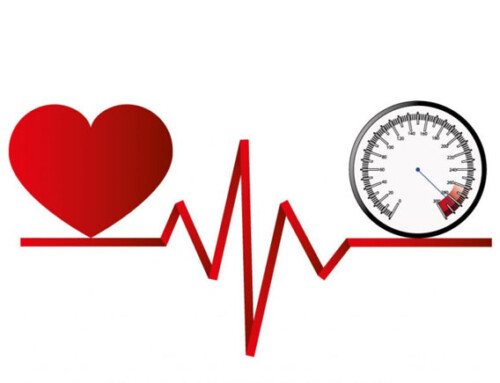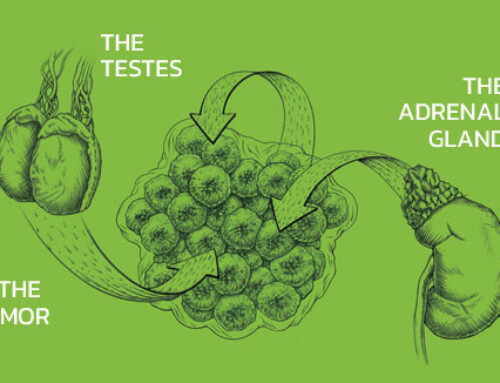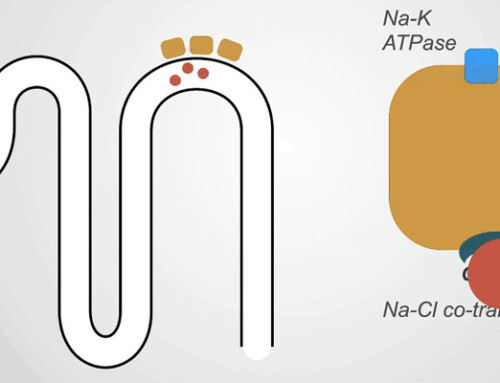Table of Contents
Pseudoresistant hypertension, hypertension that appears resistant to treatment, but really is controlled. This article will review six things to consider when evaluating apparent resistant hypertension.
Resistant Hypertension
First, what is resistant hypertension?
Resistant hypertension is defined as:
- Blood pressure above target despite use of three medications of different classes at maximally tolerated doses with one being a diuretic.
- Blood pressure requiring four or more medications to achieve target.
Resistant hypertension often triggers an evaluation for secondary causes. But, before going down this path pseudoresistance should be excluded.
Pseudoresistant Hypertension
Pseudoresistant hypertension refers to hypertension that appears resistant to treatment, but the elevated reading is due to other factors. We’re going to review these including
- Inaccurate technique in measuring BP measurement
- White coat effect
- Interfering medication, other medications or drugs that cause BP elevations
- Suboptimal antihypertensive medication regimen
- Poor adherence to diet and/or lifestyle
- Poor adherence to antihypertensive medications
Inaccurate BP Measurement Technique
First, inaccurate BP measurement. This can occur with both home and office measurement.
The correct technique for blood pressure measurement includes:
- Using the right sized cuff. Most people know that if the cuff is too small it will give a falsely elevated reading. The bladder, which is the part that inflates, should be at least 80% of the arm circumference. Most cuffs have lines to indicate the size is correct. My personal belief is that upper arm home cuffs are better than wrist cuffs.
- Correct patient position. The patient should be seated with back supported, feet on floor, and arm supported (i.e. on table) at heart level.
- The patient should be at rest for at least 5 minutes.
- The patient should have an empty bladder. Having to pee doesn’t feel too good and can raise the blood pressure
The device should be calibrated. There are 2 types of devices commonly used.
- Aneroid which have to be calibrated regularly and
- Automated oscillatory. These are typically accurate. The manufacturer may recommend calibration every 1-2 years. This can be done by sending to the manufacturer or comparing to a calibrated device.
But, this often doesn’t happen in clinical practice. What often happens is the patient is brought to the triage area or exam room, maybe hops up on the exam table and the blood pressure is taken without rest.
The ideal way to measure office BP is to have the patient in the proper position with 5 minutes of rest using an automated device that takes at least 3 readings separated by 1 minute with the patient unattended. This is the method used in the Sprint study.
Triage BP measurement may misclassify hypertension as resistant when compared to correct automated readings in up to 33% of patients.
Proper technique is also important in home monitoring. One clue is when a BP log shows wide variability,lability despite being taken at similar times in the day. This suggests inconsistent rest time.
When a patient brings in a home monitor for validation it is useful to observe them using it to confirm proper technique.
White Coat Effect
With the white coat effect the BP is elevated in the healthcare setting, but at target in other settings.
This can be done by either:
- 24 hour ambulatory blood pressure monitoring (ABPM)
- Patient home monitoring.
Many patients will attribute an elevated clinic BP reading to this, but one needs to confirm the ambulatory readings are reliable.
One clue that the ambulatory home readings may not be valid is if the log shows a majority of readings ending in 5 or 0 as opposed to randomly distributed between 0 and 9.
A normal 24 hour average ABPM is 5 lower is lower than 125/75 (to account for averaging the normal nocturnal dip). Normal daytime average is < 130/80.
More than ⅓ of patients with apparent resistant hypertension may be found to have white coat effect when assessed by ABPM.
Interfering Medications
Certain medications may cause HTN or interfere with effects of antihypertensives. Some common offenders include:
- NSAIDS and COX 2 inhibitors. These can result in renal sodium retention
- Corticosteroids
- Including over the counter decongestants
- Stimulants including medications for ADHD
- Estrogen containing OCP’s (estrogen)
- Erythropoietin
- Cancer therapy including VEGF inhibitors , angiogenesis bevacizumab, tyrosine kinase inhibitors sunitinib or sorafenib and abiraterone
- Psychiatric meds such as MAO inhibitors
- Licorice containing products, black licorice root extract, although candies in us usually contain anise oil as opposed tl licorice root extract, it still apparently can be found in certain european candies and herbal teas
- Illicit drugs – ie cocaine
Suboptimal Medication Regimen
For blood pressure to be truly resistant the patient needs to be on 3 medications of different classes including diuretic. This most often will be a regimen of a
- Renin angiotensin system (RAS) blocker (ACE inhibitor or angiotensin receptor blocker).
- Dihydropyridine calcium channel blocker (i.e. amlodipine or nifedipine).
- Thiazide diuretic
Note that beta blockers are not one of the best choices for hypertension. They are 5th line at best.
The medications should be at “maximally tolerated doses”. Practically they should be at least 50% of the maximum recommended dose.
My personal experiences are that minor adjustments such as adding a long acting thiazide or changing a non dihydropyridine to dihydropyridine CCB are sufficient to control BP
Poor Adherence to Lifestyle and Diet
The main factors here that cause BP elevations are
- Weight
- Sodium
- Alcohol
It is easier said than done, but addressing the factors can result in a significant improvement allowing hypertension to be controlled.
Weight:
- BP can decrease by 1 for every kilogram of weight loss.
Sodium:
- A low sodium diet can decrease BP by 20/10. One way to assess adherence with a low sodium diet is to measure a 24 hour urine for sodium and creatinine. Multiple the 24 hour urine sodium by 23 to convert millimoles to milligrams. Check the creatinine to ensure the collection was accurate. In patients under 50 24 hour urine creatinine should be 15-25 mg/kg (15-20 mg/kg in females and 20-25 mg/kg in males). There is a progressive decrease over the age of 50 to 50% baseline by the age of 90.
Alcohol:
- Decreasing alcohol intake has been shown to decrease blood pressure in people who have more than 2 drinks a day.
Poor Adherence to Medications
It is easy for medical providers to attribute hypertension that is not controlled to nonadherence, but it is difficult to assess.
One thing medical providers should do is put patients in the best position to succeed, that is avoiding medications that need to be taken multiple times a day or have significant side effects.
I have seen patients hospitalized for hypertensive urgencies being discharged on a regimen including clonidine, labetalol and hydralazine. Medications dosed three times a day, two of which make you feel like crap. No kidding they aren’t adherent. Also if there are concerns about nonadherence, clonidine is a bad idea because of the risk of rebound.
There are multiple ways suggested to assess for nonadherence including pill counts, pharmacy refill data and blood or urine testing for medications, but I think the best way is directly observed therapy.
This occurs when the patient is hospitalized, but can also be done in the ambulatory setting. I have not done this in the office, but have done it in dialysis centers since the patient is there for several hours anyway.
Have the patient bring in all the medications and plan to stay. Administer 1 every 30 minutes with blood pressure measurements. The way I frame it to patients is we want to see which medications work and which don’t.
30% of patients with apparent resistant hypertension were found not to be resistant with directly observed therapy.
Summary
Pseudoresistant hypertension refers to an elevated blood pressure that appears to be resistant to treatment, but the elevation is due to other factors. It is important to be aware of and address these factors before pursuing a secondary evaluation.



